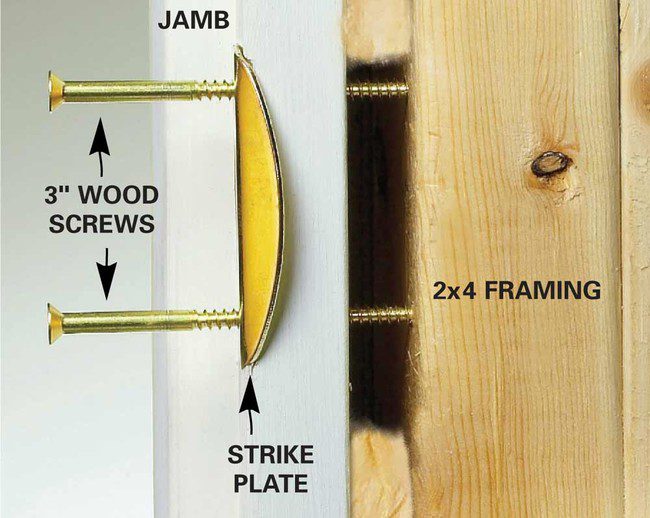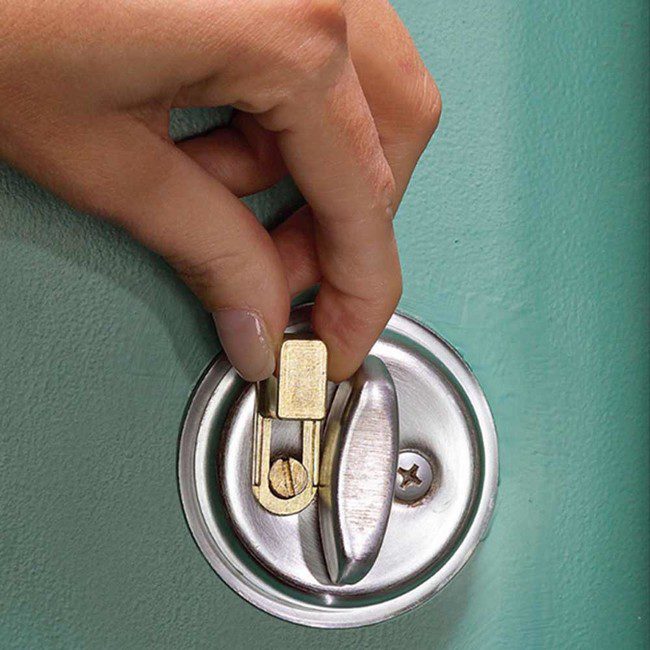Table of Content
Thus, one of the easiest ways to reduce waste in your cooling bill is to shut your lower-level AC vents and open the upper-level vents. Or vice versa, depending on where you spend the majority of the day. When you aren’t letting the outside in, keep your shades pulled to reduce heat indoors.

DC-powered fans use 70 percent less energy than AC-powered fans and are much quieter. DC-powered fans, like the Haiku by Big Ass Fans , are cost-efficient and quiet, making them ideal for bedrooms. Attic fans are typically either gable or roof-mounted. “Roof-mounted fans are installed on the exterior of your roof, while gable-mounted fans are installed right onto your existing vents,” says Trento. The stove presents a source of excessive household heat.
Time Flies By Faster As We Get Older. Here's Why.
Ceiling fans can work in place of your air on days that aren’t too hot, and can work with your A/C on blazing days. Install fans in areas where your family spends a good chunk of time, like the den and the bedrooms. Choose fans based on the size of your room and keep in mind those with fewer blades are more efficient. Run them counterclockwise so they push the cool air down into the room for you to enjoy. Installing gable mount fans is easy, as they are designed to attach to the existing vents of your attic.

And with the right material, you can expect them to improve your energy savings too. While that may sound like a bad thing at first, it isn’t. Climbers such as ivy, Virginia creeper, and Russian vine have quite an effect on the temperature fluctuations. The change in temperature can be reduced by almost 50% if the vines cover a major chunk of the exterior walls.
Cost-Effective Ways to Keep Your Home Cool in Summer
To create a cooling pressure current, open the top section of windows on the downwind side of your house, and open the bottom section of windows on the upwind side. In warmer months, it’s tempting to crank the AC or plant yourself in front of the nearest fan. It turns out there are plenty of ways to buffer your home from the heat without racking up your electric bill. "A good rule of thumb is that you shouldn't need a sweater inside when it's hot outside," he says. Experiment with your thermostat to find the highest possible temperature that allows you to remain comfortable.
For floor or table fans, mimic the effect of the air conditioner by placing a fan in front of a bowl of ice. If you have ceiling fans, adjust them to turn counter-clockwise during the summer months. In the last year I’ve added two exhaust fans, one at each end of the house, and two ceiling fans. Fingers crossed I am hoping to reduce my cooling bill 20% over last year.
Summer Patio Ideas
If you typically keep your home at 72°F, for example, try bumping the temperature up to 75 for a few hours and see how you feel. According to Energy.gov, dialing the temperature back 7-10°F from its typical setting for 8 hours a day can reduce energy costs by 10% annually. You may never enter your attic in the summer months, but it is hot, and that heat permeates the rest of your house. That’s why Whitfield suggests installing a solar attic fan to draw that hot air out and promote fresh air circulation. At this stage you may be tempted to consider a portable air conditioning unit, which is even more effective. However, these will set you back more than even the most expensive fans.

Many small AC units use half the power of their bigger counterparts. Before you curse the name of summer, there’s easy relief in sight. We at Home Climates know how to slam the door on inescapable heat. We’ve laid out some simple tricks to keep your residence cool without freezing up your bank account.
Armed with a flashlight, exterior-rated silicone caulk and a couple cans of expanding foam insulation, hunt down and seal all leaks. These thermostats come with complete directions and are easy to install. Just remove the old thermostat, unscrewing the wire leads attached to the terminals on the back. Reattach those wires to the terminals on the new model (in a system with separate A/C and heating units there may be four leads on the back, two for each unit). AA batteries maintain the settings if the power ever goes off. A programmable thermostat lets you preset temperatures for different times of the day, so air-conditioning is working only when you are home.
You can even create a wind tunnel by strategically setting up your fans to force the perfect cross breeze. Just be sure to close the windows and blinds before things get too hot in the morning. Believe it or not, your outdoor landscaping can have a significant impact on your indoor temperatures, according to interior designer Jodi Davison. By selecting climate-smart greenery and planting it on the sunny side of your home, you cut back on the sunlight that pours through your windows.
This type of tower fan will work better in hot and dry weather conditions. Keeping that in mind, we have prepared 10 simple solutions to keep your house cool and ensure that you don’t need to switch on the air conditioner. If you are able to follow one or more of these ideas, you can surely save a significant amount on energy costs. In general, furnaces are the most efficient of the heating systems, especially if you have natural gas.

If you're looking for more a rustic or homey look with your draught excluder this one from Brambly Cottage on Wayfair is a great choice. We really like the charcoal design, trimmed with a rust-coloured velvet, but it also comes in red and pale hues of pink, blue and minty green. Upholstered in the cosy sherpa fabric, this textured draught excluder is densely filled with polyester fibre, and the cover is removable, which makes for easy washing. It’s more efficient than the oven, and will heat the house less too. Using your oven heats up your house quickly and makes it harder to cool down. When cooking, limit oven usage by opting for the grill instead.
Pair with cotton or humidity-fighting sheet sets, and you’ll enjoy those summer nights. Having a ductless mini-split is also a great route you can take when it comes to keeping your sunroom cool. Although, you might only want to take this route if you don’t plan on extending your existing HVAC system. Not only is it a cost-effective route, but you’ll be able to set your own temperature in the room for when it’s in use and when it’s not in use. If you’re willing to make a small investment, turning your roof into a cool roof can provide a sizable future payoff. Cool roofs are lighter in color, allowing them to reflect the sunlight and absorb less heat than conventional, dark roofs.

Here, home experts offer their most cost-effective strategies for keeping a cool space. Getting your windows insulated not only keeps heat from entering your sunroom in the summer, but it will also keep the cold from entering your sunroom in the winter. Installing window shades into your sunroom can come in handy during the summer. Not only will they deflect a lot of the heat that could possibly be entering your sunroom, but they can actually add a sense of privacy in the evening and at night. Shades or blinds also offer flexibility as you can open and close them as you please. Sunrooms are great places to relax, clear your mind, and even entertain your guests.

No comments:
Post a Comment